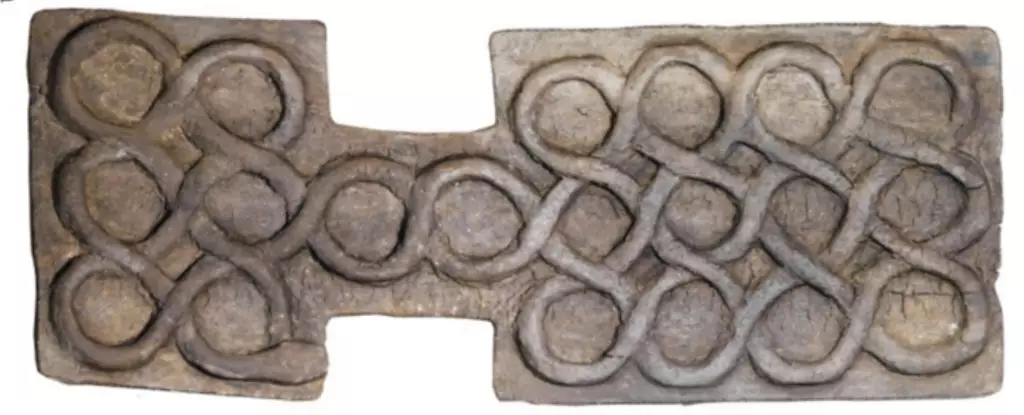Board games have enjoyed a revered status throughout history as a source of entertainment, education, and cultural expression, transcending geographical boundaries and social classes. One striking example of this legacy is the ancient board game discovered in Shahr-i Sokhta, located in southeastern Iran. Buried alongside its creator approximately 4,500 years ago, this remarkable find offers a unique glimpse into the recreational pursuits of an era long past. Despite its age, researchers have worked diligently to piece together the probable rules of play using modern techniques, reviving a game that reflects the sociocultural dynamics of an ancient civilization.
The Shahr-i Sokhta site, an archaeological treasure, was first excavated in 1977, revealing the remnants of a thriving city that flourished during the third millennium BCE. Rich in history, the site provides profound insights into the customs and daily life of its inhabitants. Among various artifacts recovered, a complete board game, including a board, 27 pieces, and four uniquely shaped dice, emerged from a grave dating to approximately 2600-2400 BCE. This discovery underscores the significance of leisure activities in ancient cultures, suggesting that despite the demanding lifestyles of the time, inhabitants found joy and camaraderie in games.
Researchers Sam Jelveh and Hossein Moradi undertook the challenge of deciphering the rules of this ancient game. Their efforts highlight the importance of combining archaeological evidence with computational modeling techniques. By correlating the game pieces with similar games from the same era, they sought to construct plausible rules that reflect not only the mechanics of the game but also its historical context.
Through their research, Jelveh and Moradi proposed a structured set of rules that adhere to both historical accuracy and the logical framework typical of ancient games. The game’s components consist of two sets of ten “runner” pieces assigned to each player, star-like “safe houses,” and cone-shaped “blockers.” This interesting variability in pieces hints at a strategic game that required not just luck but also tactical foresight.
The layout of the game mimics the form of a snake, showcasing three main sections: the main area for piece placement, a bridge serving as a perilous path to victory, and the head and tail that both challenge and entice players. The players roll dice to navigate their pieces across this winding board, establishing an engaging competition between them as they aim to outmaneuver one another. The probability models employed by the researchers helped illuminate the potential roles of the pieces, paving the way for a more informed understanding of gameplay strategies used by ancient players.
The significance of the Shahr-i Sokhta game extends beyond the gaming table, suggesting an intricate social fabric woven into the daily lives of the ancient inhabitants. By examining more than a hundred similar games from the same period, researchers found variations reflecting local materials, cultural preferences, and perhaps even economic status. This variety highlights not just the popularity of board games but also a shared cultural experience that fostered community bonding and social hierarchy.
As archaeologists refer to this type of game as “the game of twenty squares,” the nomenclature itself reveals an evolution of gaming constructs that dominated the Middle Eastern landscape. The variety in naming and rules among these ancient games emphasizes the importance of recreational activities in community life while also showcasing the innovation of individuals who adapted gameplay to mirror their cultural experiences.
In closing, the resurrection of the Shahr-i Sokhta game encapsulates the fusion of past and present. The rules derived from modern analysis reinforce the concept that board games serve as enduring cultural artifacts. They continue to evolve while offering profound insights into the civilizations that created them. As families and friends gather around modern versions of these timeless failures, the connection to their ancient counterparts serves as a poignant reminder of our shared human experience, bridging millennia through the simple pleasure of play. We may not recreate the original rules used thousands of years ago, but the essence of competition, strategy, and camaraderie remains unchanged.


Leave a Reply